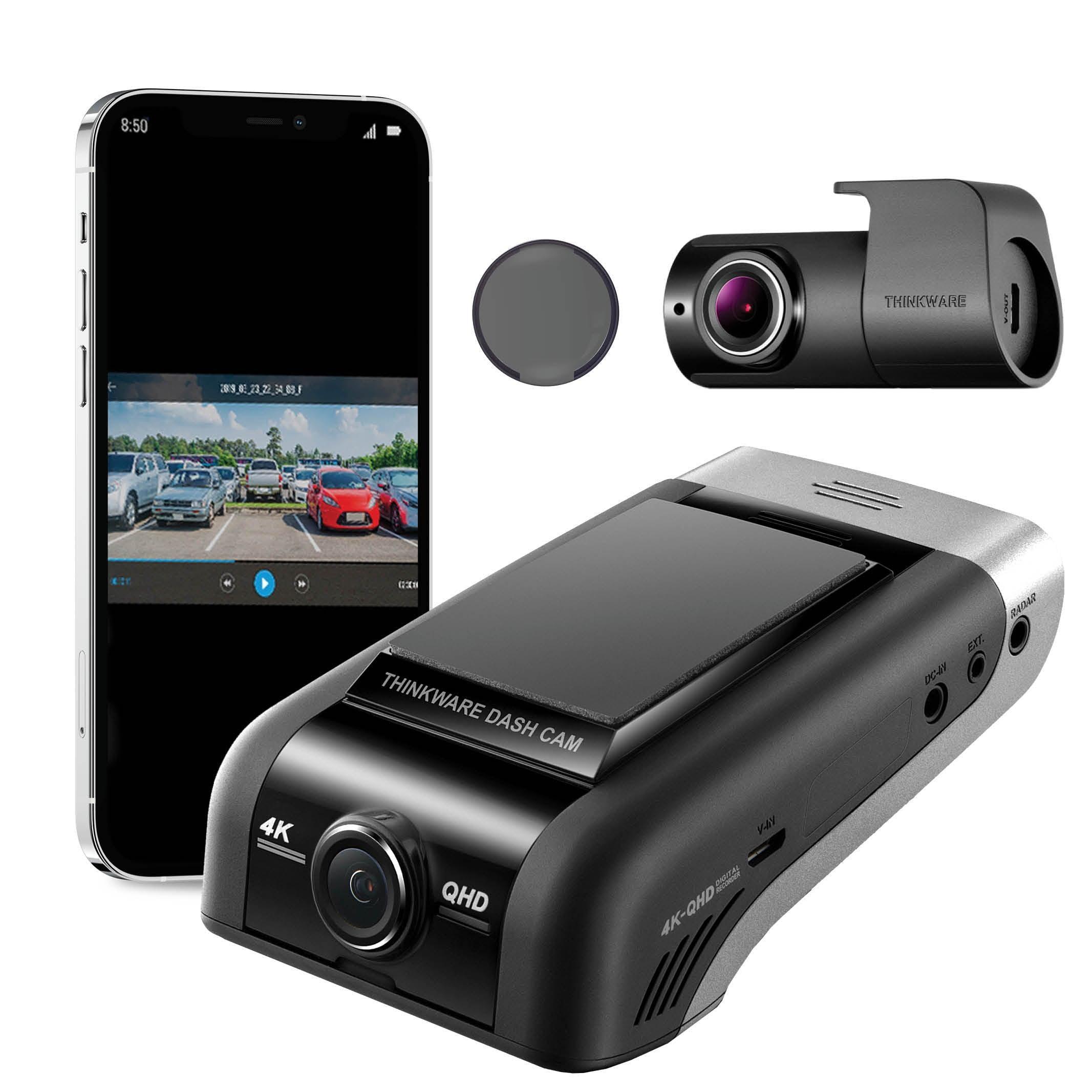The Thinkware Cloud App is a dedicated smartphone app for the Thinkware U1000. Available in Google Play and App Store, this app allows you to enjoy Cloud features, review dash cam files, configure dash cam settings, view dash cam info and manage connection settings right at your fingertips.
In this article, we will guide you through its dedicated app and show you how to connect and maximize its settings for your dash cam’s optimal performance.
While this guide is aimed at the Thinkware U1000, the connection process to the Thinkware mobile app and settings are also fully applicable to the F200 , FA200, F800, F800Pro, Q800PRO, and QA100 ELITE.


